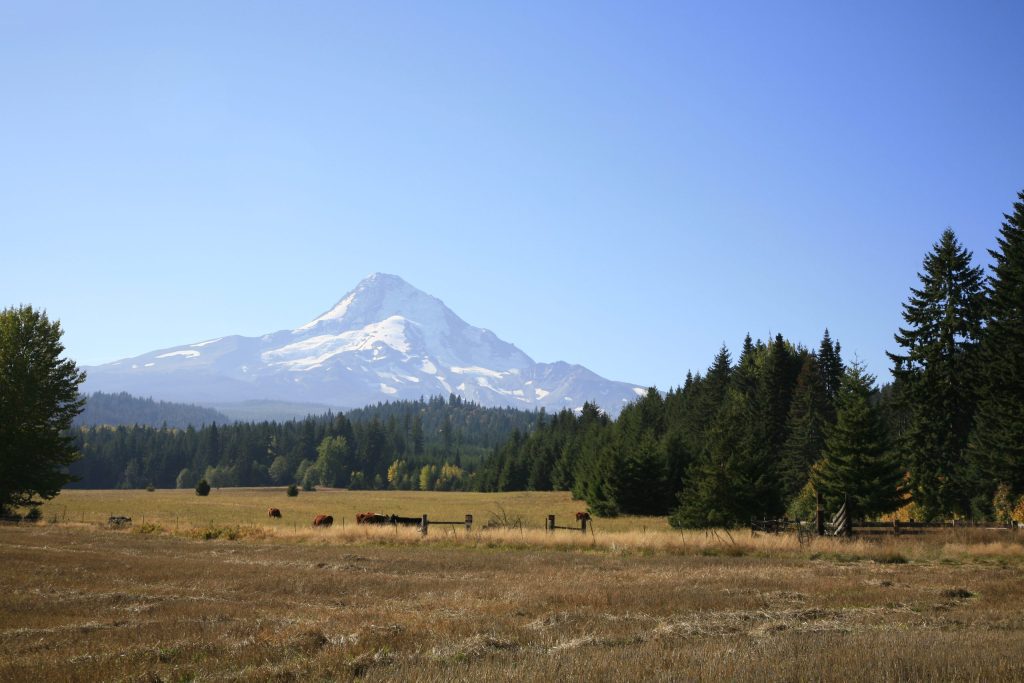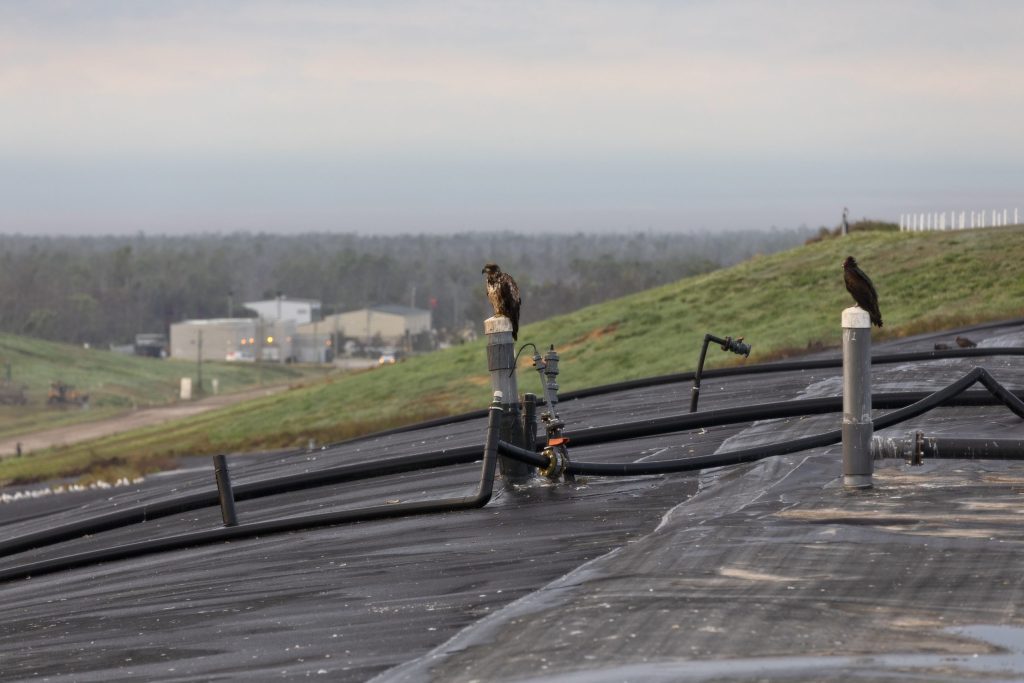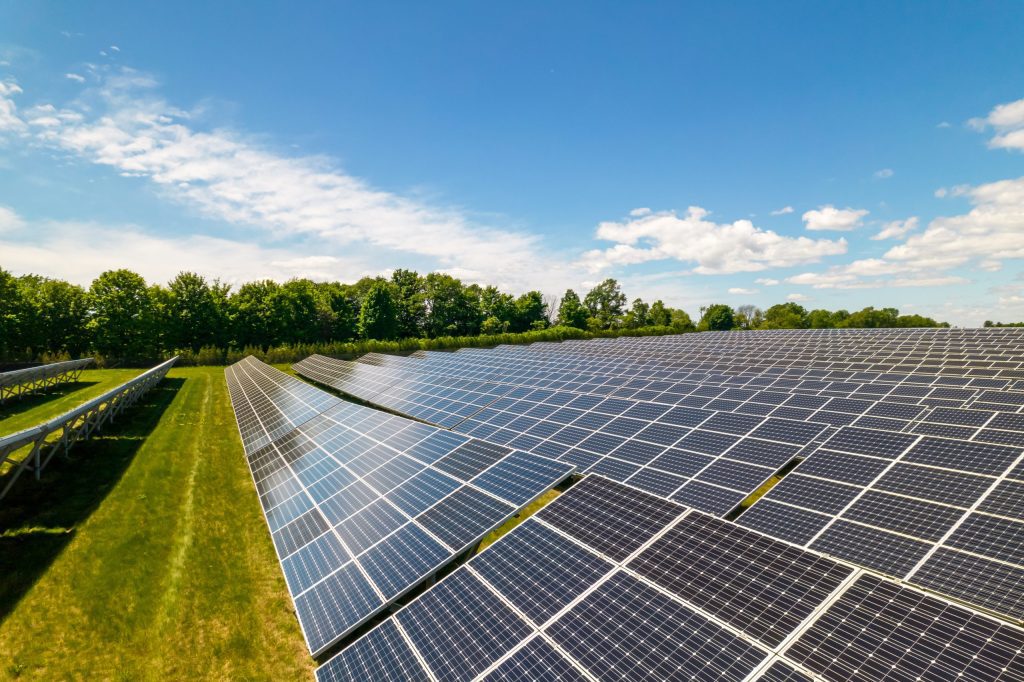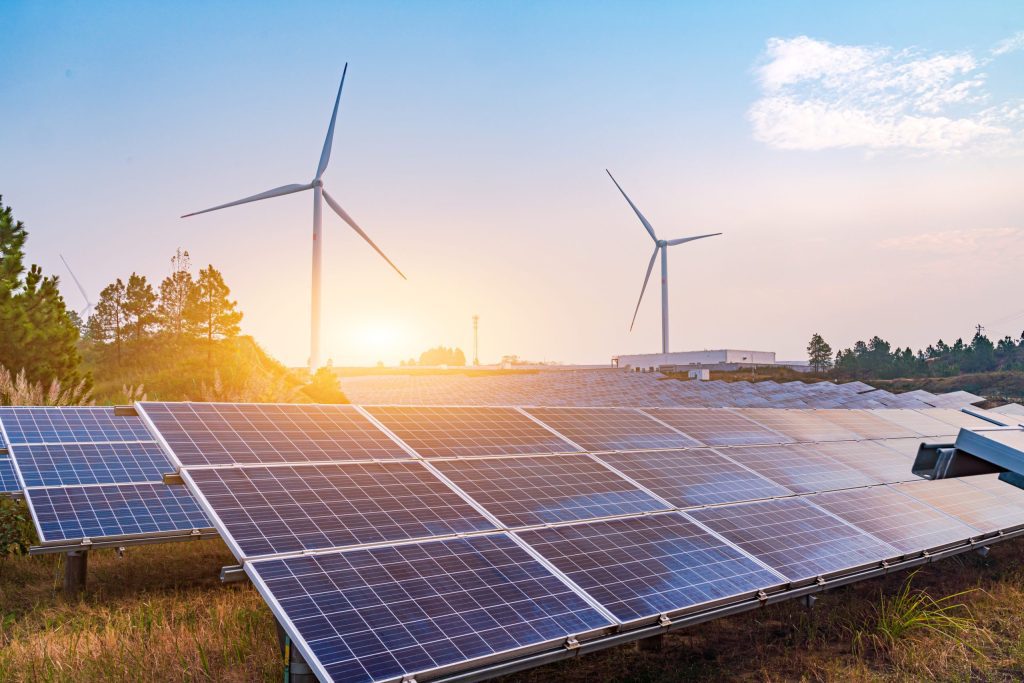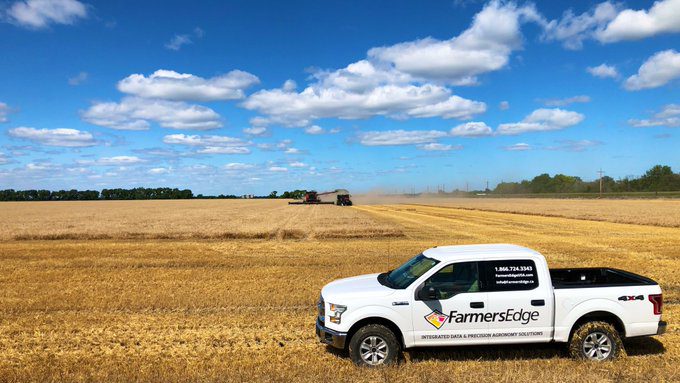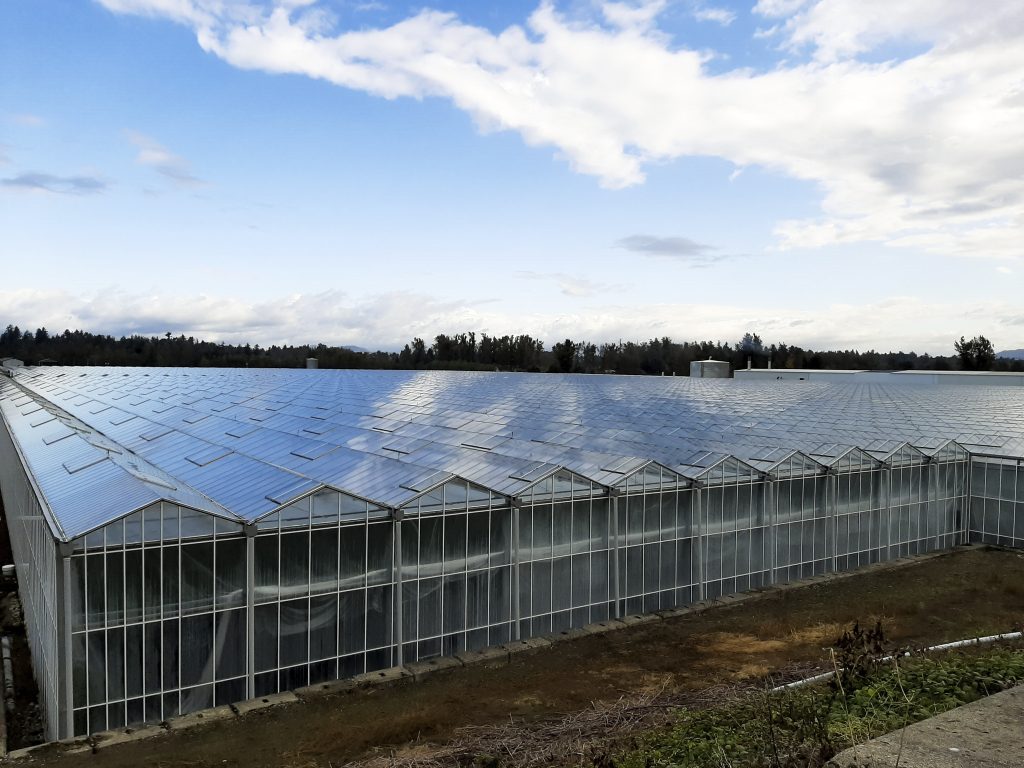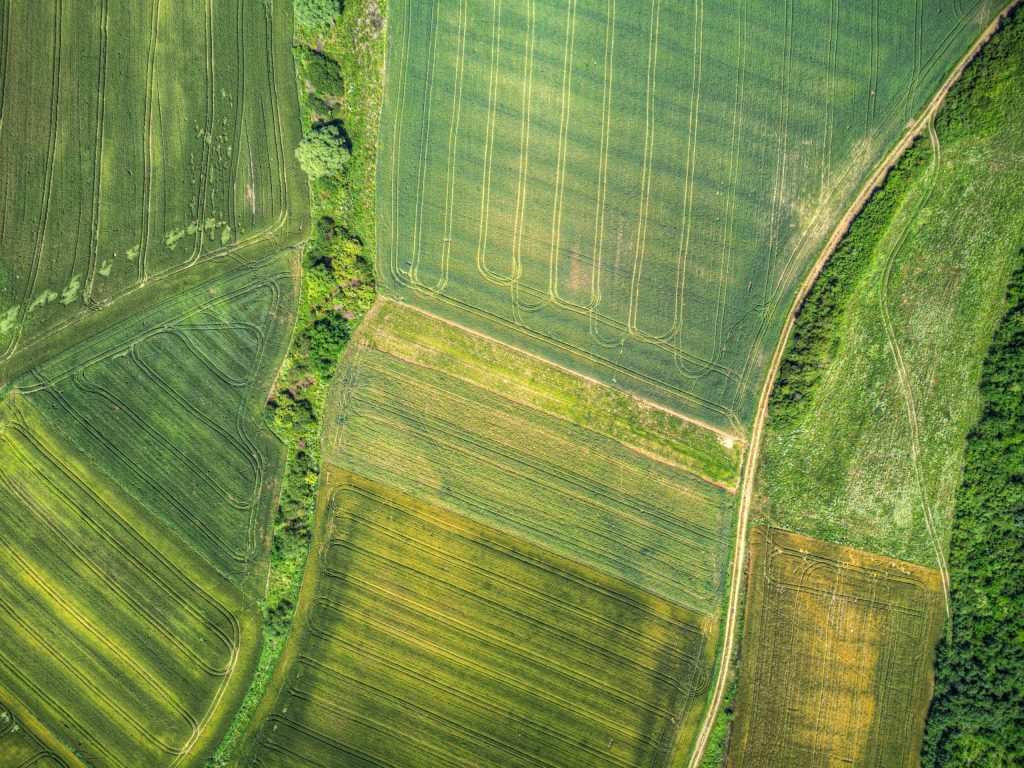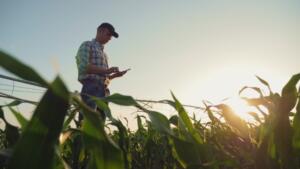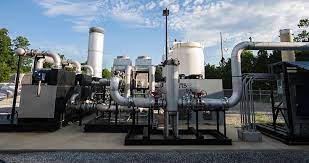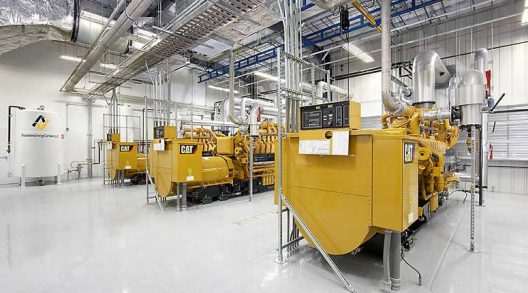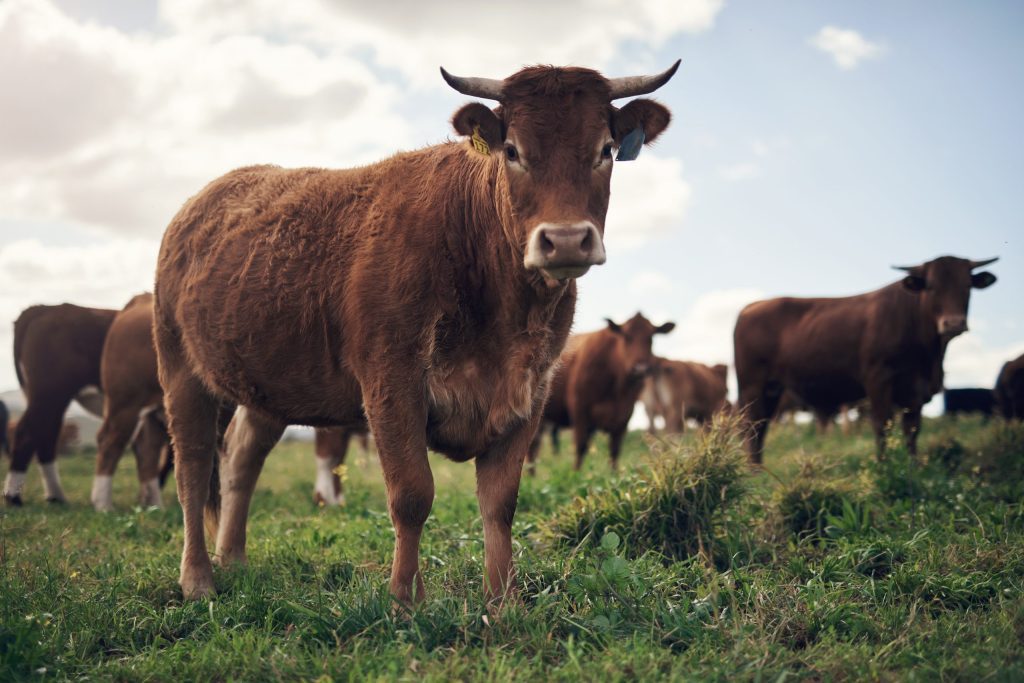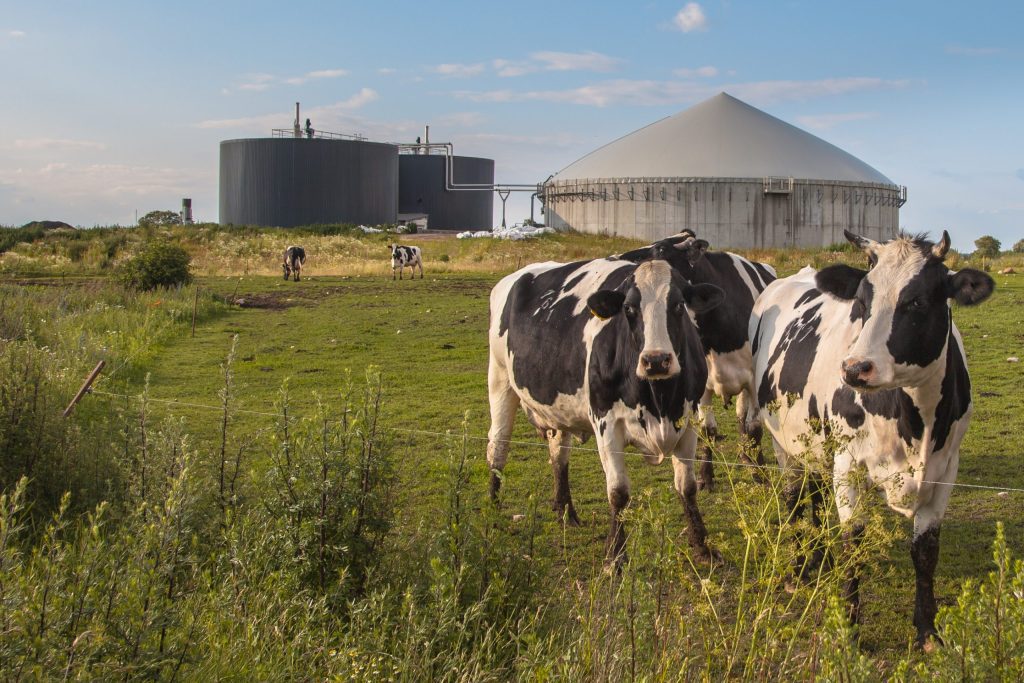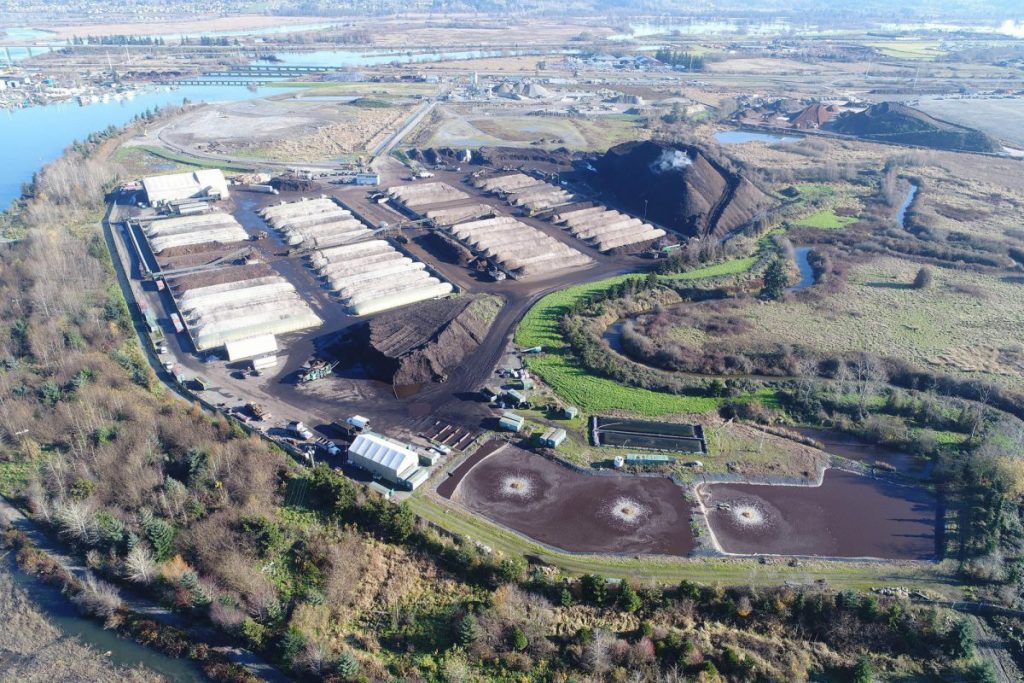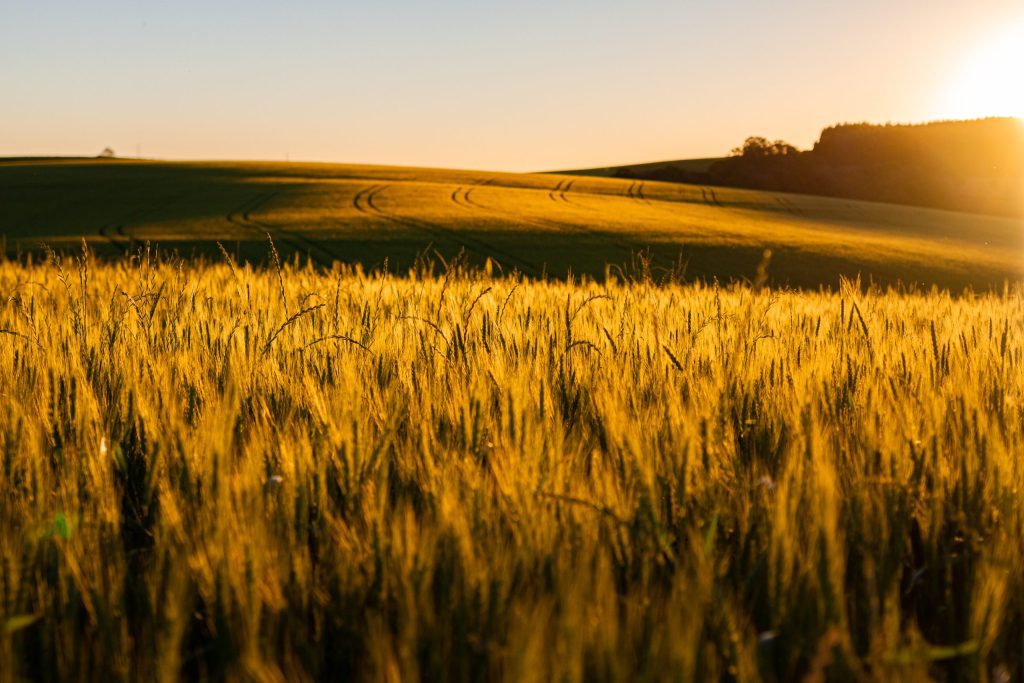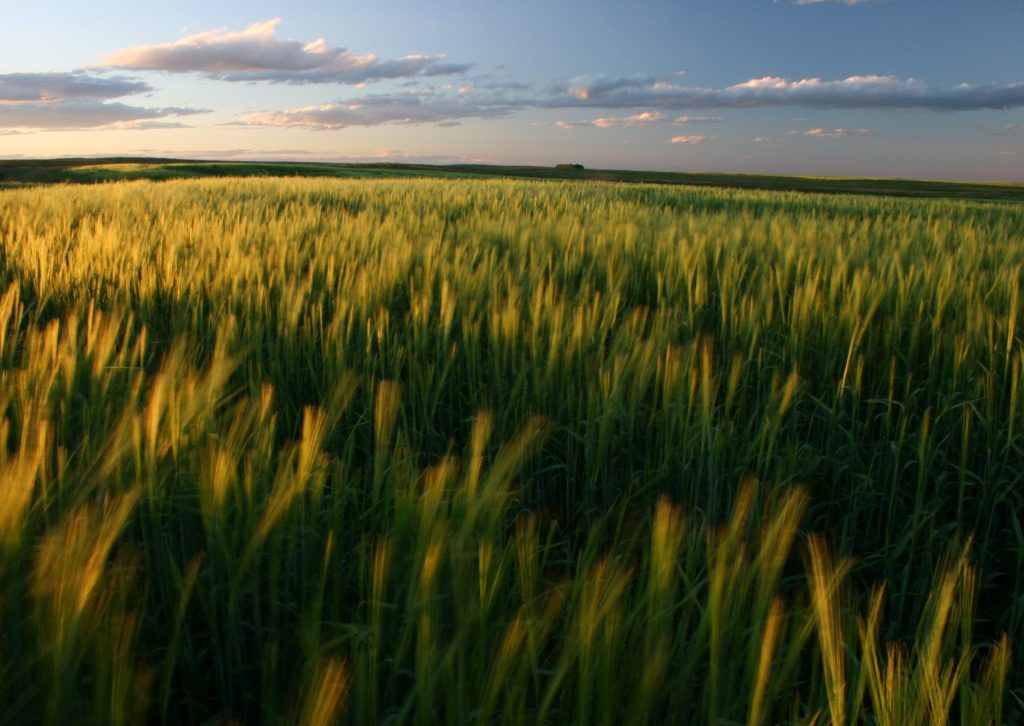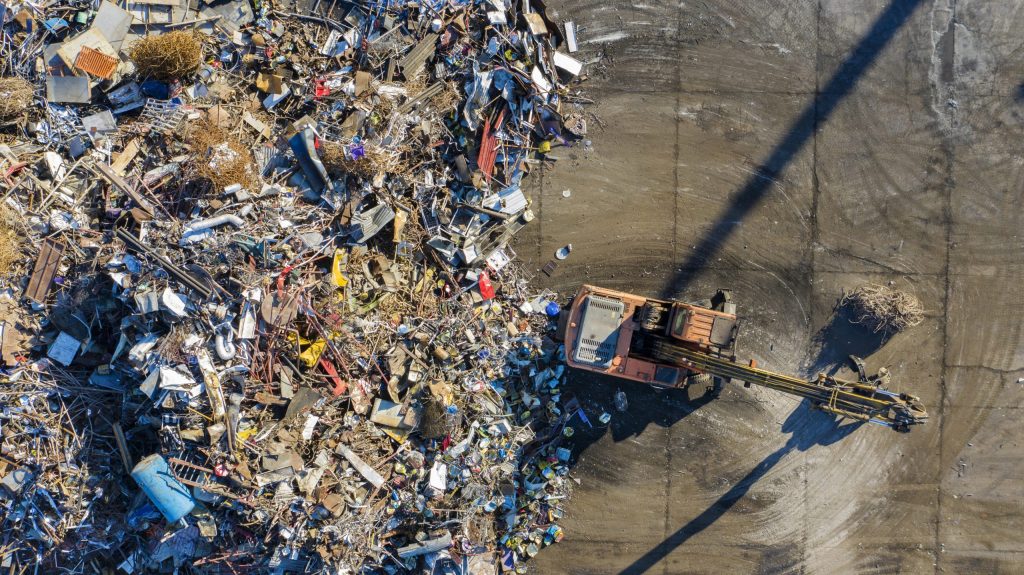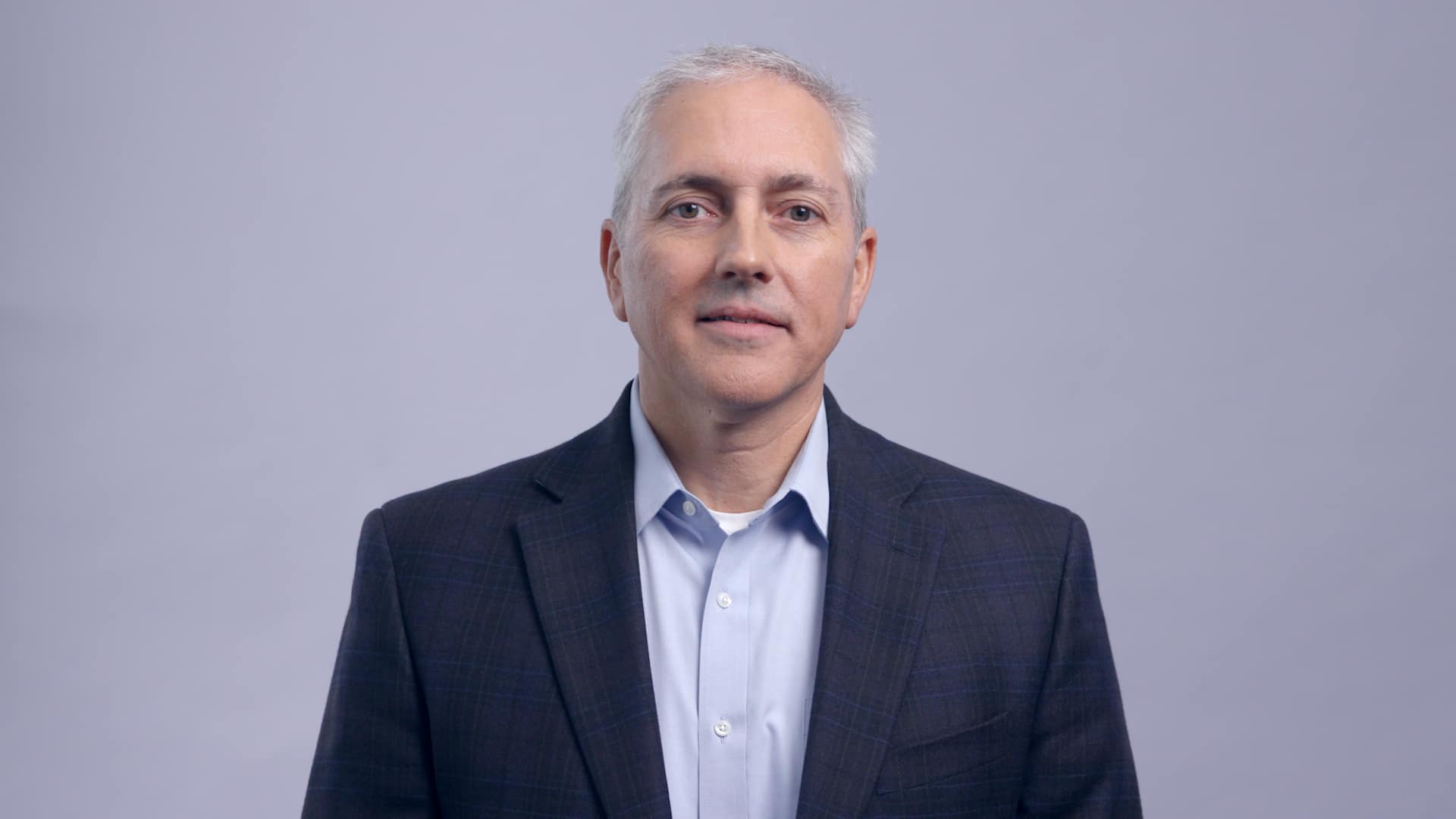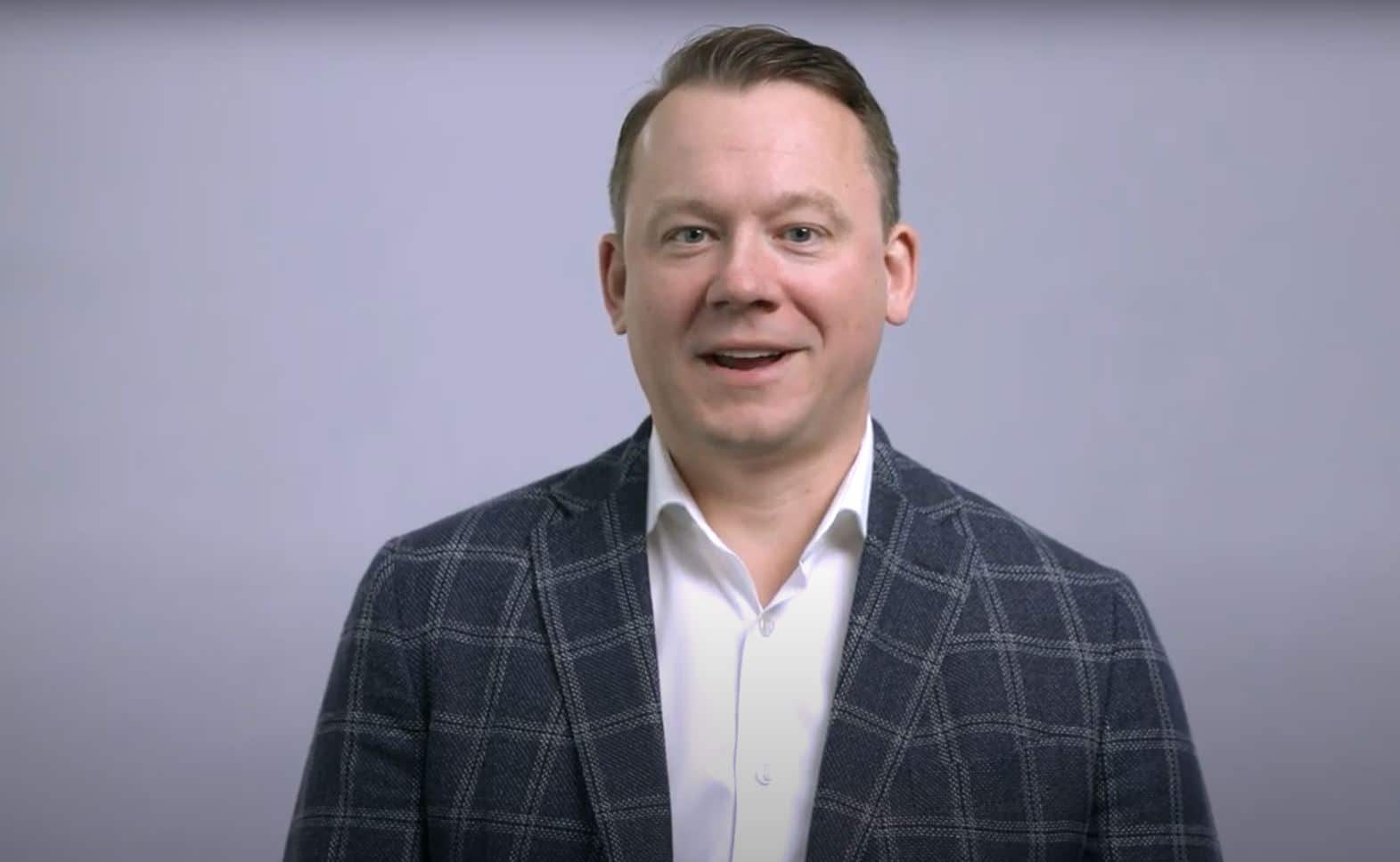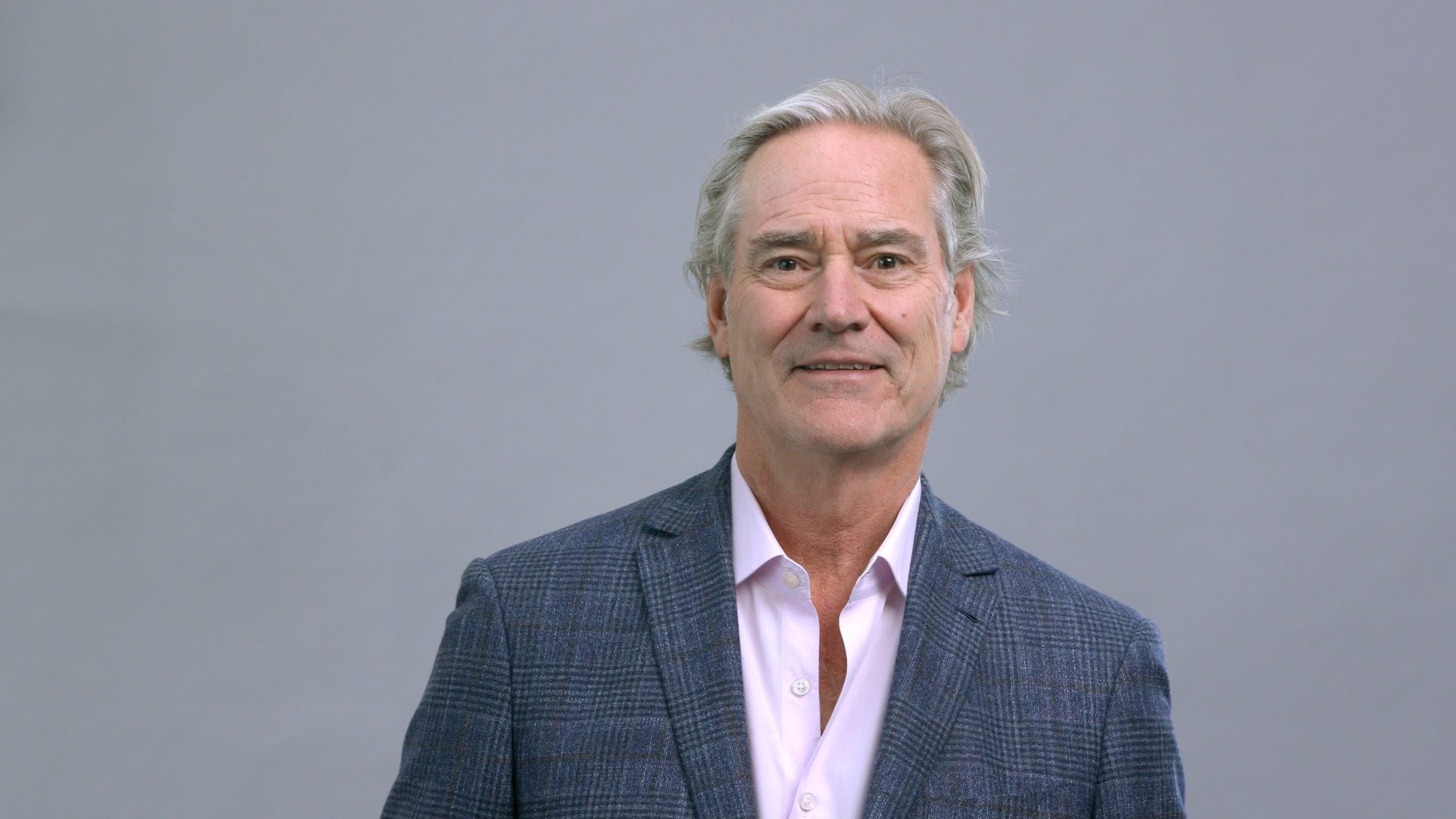Carbon Neutral Company
We’re committed to meaningful action to protect our planet. We are a carbon neutral company and we have set bold, science-based targets approved by the Science Based Targets initiative (SBTi) to continue reducing our carbon footprint.
Becoming the world’s first major carbon neutral food company was a big step in our fight against climate change.
How we became carbon neutral
It all started with a sustainability commitment to reduce our environmental footprint. When we realized that wasn’t enough, we decided to become the world’s first major carbon neutral food company. Here’s our carbon neutral story.
What exactly does carbon neutral mean?
For Maple Leaf Foods, carbon neutral means that we do everything in our power to avoid or reduce our emissions on our own, and any currently unavoidable emissions that we put into the atmosphere are then equally balanced out by the amount that our offset projects take out of the atmosphere. Our carbon neutral claim is prepared and presented in accordance with MLF’s own internal reporting guidelines and definitions for sustainability reporting.
In 2023, Maple Leaf Foods celebrated four years as the first major carbon neutral food company in the world. Our carbon management strategy to maintain carbon neutrality involves prioritizing the avoidance and reductions of our greenhouse gas emissions and for the remaining and currently unavoidable emissions, purchasing high-quality, verified carbon offsets against our rigorous policies and principles to neutralize our emissions. We have neutralized all our remaining Scope 1 & 2 emissions and 6.9% our Scope 3 emissions. The Scope 3 emissions in our offset program include supplier emissions arising from plant-based ingredients, external purchased primary meats, owned hogs grown by third-party producers, third party contracted hog and poultry producers and feed equivalent with the product volumes of key brands that display our “Carbon Zero – Made by a Carbon Neutral Company™” logo.
It is of utmost importance to us to first and foremost reduce our emissions on our own. That is why we have set science-based targets aligned with the goals of the Paris Agreement on Climate Change and approved by the SBTi to reduce our absolute Scope 1 and 2 greenhouse gas emissions by 30% by 2030 against a 2018 base year and the intensity (per tonne of product produced) of our Scope 3 GHG emissions by 30% by 2030 against a 2018 base year.
We support carbon offset projects
We supported 18 high-impact environmental carbon offset projects across North America that help us neutralize our remaining, unavoidable emissions in 2023.
-
BNW Ranch
Project Developer/ Owner: Climate Trust Capital Fund I LP / The Nature Conservancy
Project Identification number: CAR1284
Location: Oregon, USA
Technology type: Avoided Grassland Conversion
Emissions impact: Avoidance
Certification: Climate Action Reserve
Project Validator/ Verifier: SCS Global Services
Protocol Version: Reserve’s Grassland Project Protocol Version 2.1The BNW Ranch project area is estimated to be 4098 acres. This property was identified as a priority for conservation because of its habitat value and threat of conversion to crop production. TNC intends to place a no-till conservation easement on the property.

-
Cedar Grove – Maple Valley OWC Composting Project
Project Developer/ Owner: ClimeCo LLC
Project Identification number: CAR866 Location: Washington, USA
Technology type: Organic Waste Composting
Emissions impact: Avoidance
Certification: Climate Action Reserve
Project Validator/ Verifier: Agri-Waste Technology, Inc
Protocol Version: U.S. Organic Waste Composting Project Protocol Version 1.1The project consists of the diversion of one or more eligible organic residuals, including residential and commercial food waste, to an aerobic composting facility where the residuals are composted in a system that complies with Best Management Practices that ensure the composting process is operated under optimal conditions. The project will encompass organic residual handling, pre-processing and aerobic composting at the Everett facility in Everett, WA, operated by Cedar Grove Composting. The technology employed at this facility is the GORE Cover System and ASP Negative Aeration.

-
University of Illinois Urbana-Champaign Campus Wide Clean Energy & Energy Efficiency
Project Owner: Blue Source, LLC
Project Identification number: 1407
Location: Illinois, United States
Technology type: Energy demand; Energy industries (renewable/non-renewable sources)
Emissions impact: Avoidance
Certification: Verified Carbon Standard
Project Validator/ Verifier: Det Norske Veritas Climate Change Services AS (DNV)
Protocol Version: VCS monitoring methodology VM0025 (version 1) Campus Clean Energy and Energy Efficiency Methodology and the module VMD0038 (version 1) Campus Clean Energy and Energy Efficiency: Campus-Wide Module and supporting documentationThis module establishes a process for quantifying on-site GHG emission reductions from energy efficiency measures and renewable energy implemented across a college or university campus. This module applies to projects targeting campus-wide emission reductions on existing college and university campuses in the United States (but does not apply to K-12 schools). Campuses may implement project activities that reduce scope 1 stationary combustion emissions and/or scope 2 electricity emissions.
Campuses must meet the relevant additionality performance benchmark by applying a series of additionality benchmark tests. Emission reductions are quantified based on data from third-party GHG reporting programs (e.g. ACUPCC, STARS and The Climate Registry) for each year relative to a three-to- five-year adjusted baseline.

-
University of Wisconsin Milwaukee Campus Wide Clean Energy & Energy Efficiency Project
Project Owner: Blue Source, LLC
Project Identification number: 1675
Location: Wisconsin, USA
Technology type: Energy demand; Energy industries (renewable/non-renewable sources)
Emissions impact: Avoidance
Certification: Verified Carbon Standard
Project Validator/ Verifier: SCS Global Services
Protocol Version: VCS Methodology VM0025 Campus Clean Energy and Energy Efficiency version 1.0 and the Campus Clean Energy and Energy Efficiency Module VMD0038 version 1.0The campus-wide scope 1 GHG emissions reductions are primarily driven by the program: Energy Matters- Comprehensive Energy Efficiency and Awareness at the University of Wisconsin-Milwaukee (UWM). The UWM Facility Services Department and Office of Sustainability established a partnership with an energy service company to begin performance contracting, that took an aggressive cellarto- ceiling phased approach combining long and short-term return on investments that would improve campus space and service, pilot innovative technology and programs, and reduce energy consumption. UWM took a phased approach to performance contracting on campus, which addressed roughly one million square feet at a time (4,046,526 square feet total) and allowed for unique variances based on each building and its occupants.

-
Farmers Edge Smart Carbon Soil Carbon Project 1
Project Proponent: Farmers Edge Inc.
Project Identification number: 4890-7848
Location: Manitoba, Canada
Technology type: Regenerative agriculture Emissions impact: Avoidance
Certification: GHG CleanProjects® Registry (CSA Group) Project Validator/ Verifier: Tetra Tech Canada Inc
Protocol Version: Conservation Cropping Protocol (CCP)*Please note we have discontinued offset purchases from this standard
The project is defined by implementation of a direct seeding regime. The quantification of reductions is based off a protocol that was approved for use under Alberta’s Regulatory system – the Conservation Cropping Protocol (CCP) – which quantifies reductions associated with tillage reduction. This protocol is used to form the basis of quantification and is supported with additional modeling that was completed during an Ontario Protocol Development Process – which took the existing CCP and developed factors for other jurisdictions across Canada. No till adoptions levels are based on 2006 Census of Agriculture data.

-
Merom Farms Biomass Project
Project Owner: Blue Source, LLC
Project Identification number: 4022-1180
Location: British Columbia, Canada
Technology type: Biomass to energy
Emissions impact: Reduction
Certification: GHG CleanProjects® Registry (CSA Group)
*please note we have discontinued offset purchases from this standard
Project Validator/ Verifier: Stantec Consulting Ltd.
Protocol Version: Quantification Protocol for Diversion of Biomass to Energy from Biomass Combustion Facilities (Version 1) (Protocol), Alberta Environment and Sustainable Resource Development (AESRD), 2007Merom Farms is a large commercial greenhouse operation in the Lower Mainland of British Columbia that consists of 36 acres of covered greenhouse area. The farm initially used fossil-fuel fired boilers that burned natural gas to operate year-round in a cold climate. As natural gas is costly and negatively impacts the environment, the farm upgraded to the use of biomass for heat. This fuel switch from fossil fuels to biomass for heat generation results in reduced emissions.

-
Farmers Edge Smart Carbon Soil Carbon Project 2
Project Proponent: Farmers Edge Inc.
Project Identification number: 1547-9627
Location: Manitoba, Canada
Technology type: Regenerative agriculture
Emissions impact: Avoidance
Certification: GHG CleanProjects® Registry (CSA Group)
*please note we have discontinued offset purchases from this standard
Project Validator/ Verifier: Green Sky Sustainability Consulting Inc.
Protocol Version: Conservation Cropping Protocol (CCP)
The project is defined by implementation of a direct seeding regime. The quantification of reductions is based off a protocol that was approved for use under Alberta’s Regulatory system – the Conservation Cropping Protocol (CCP) – which quantifies reductions associated with tillage reduction. This protocol is used to form the basis of quantification and is supported with additional modeling that was completed during an Ontario Protocol Development Process – which took the existing CCP and developed factors for other jurisdictions across Canada. No till adoptions levels are based on 2006 Census of Agriculture data.
-
Indigo U.S. Project No. 1
Project Developer/ Owner: Indigo Ag
Project Identification number: CAR1459
Location: USA
Technology type: Regenerative agriculture
Emissions impact: Reduction/Removal
Certification: Climate Action Reserve
Project Validator/ Verifier: Aster Global Environmental Solutions
Protocol Version: Soil Enrichment Protocol, Version 1.1Indigo Ag helps farmers sustainably feed the planet. Companies can purchase verified carbon credits that reward individual farmers for adopting regenerative agriculture practices that lead to reductions and/or removals of carbon.

-
Maple Hill Landfill Gas
Project Developer/ Owner: Advanced Disposal Services Maple Hill Landfill, LLC Project Identification number: CAR521
Location: Missouri, USA
Technology type: Landfill Gas Capture/Combustion
Emissions impact: Reduction
Certification: Climate Action Reserve
Project Validator/ Verifier: Ruby Canyon Environmental, Inc.
Protocol Version: Landfill Project Protocol Version 5.0The landfill gas is collected through various processes of this project and is destructed in the end at an open flame, reducing greenhouse gas emissions.

-
Rochelle Municipal Landfill Gas
Project Developer/ Owner: Anew Environmental, LLC
Project Identification number: CAR1372
Location: Illinois, USA
Technology type: Landfill gas
Emissions impact: Reduction
Certification: Climate Action Reserve
Project Validator/ Verifier: First Environment, Inc.
Protocol Version: CAR ProtocolThis project voluntarily captures and destroys methane from the landfill through a combination of gas wells, conveyance piping, and condensate removal equipment. The combined process destroys gas at either an open flare or an energy generation facility.

-
A-Gas Refrigerant Reclamation Project
Project Developer: A-Gas US Inc.
Project Identification number: ACR 678, ACR773, ACR775
Location: Texas, USA/ Ohio, USA
Technology type: HFC replacement
Emissions impact: Avoidance
Certification: American Carbon Registry
Project Validator/ Verifier: First Environment, Inc.
Protocol Version: American Carbon Registry Standard Version 7.0
The A-Gas Refrigerant Reclamation Project represents a strategic approach to environmental sustainability in the refrigerant industry. This initiative focuses on the recovery, reclamation, and resale of hydrofluorocarbons (HFCs) from a variety of refrigeration and air conditioning systems across the United States. Targeting common refrigerants such as R-134a, R-404a, R-407a, R-407c, and R-410a, the
project processes these materials at an EPA-certified facility for resale, aiming to reduce the need for virgin HFC production and, consequently, greenhouse gas emissions.
-
High Island Dairy
Project Developer: Camco Offsets I, LLC
Project Identification number: ACR313
Location: Minnesota, USA
Technology type: Livestock Waste Management
Emissions impact: Avoidance
Certification: American Carbon Registry
Project Validator/ Verifier: Dillon Consulting Limited
Protocol Version: Compliance Offset Protocol U.S. Forest ProjectsThe High Island Project is a complete mix dairy digester system that was built to capture the biogas from dairy manure, the majority of which would have been stored in an uncovered anaerobic lagoon prior to project implementation. The biogas that is captured from the digester system is used to generate electricity through a set of 5 generators and/or sent to a boiler to provide heat. Any excess biogas not combusted by the gen-set is combusted in an enclosed flare. The effluent pond is also covered, with biogas captured and flared off intermittently. Biogas produced by the digester is monitored continuously using thermal mass flow meters.

-
Edaleen Cow Power
Project Developer: Camco Offsets I, LLC
Project Identification number: ACR239
Location: Washington, USA
Technology type: Livestock Waste Management
Emissions impact: Avoidance
Certification: American Carbon Registry
Project Validator/ Verifier: Agri-Waste Technology, Inc.
Protocol Version: Compliance Offset Protocol U.S. Forest ProjectsThe Edaleen Cow Power, LLC Project is an in-ground plug-flow dairy digester system that was built to capture the biogas from dairy manure, the majority of which would have been stored in an uncovered anaerobic lagoon prior to project implementation. The biogas that is captured from the digester system is used to generate electricity through one generator. Any excess biogas not combusted by the gen-sets is combusted in an open flare. Biogas produced by the digester is monitored continuously using thermal mass flowmeters.

-
South Wake Landfill, Apex, Wake County NC: GHG Emissions Reduction Automated Collection of Landfill Gas
Project Developer: Loci Controls, Inc.
Project Identification number: ACR730
Location: North Carolina, USA
Technology type: Landfill Gas Capture & Combustion
Emissions impact: Avoidance
Certification: American Carbon Registry
Project Validator/ Verifier: Ruby Canyon Environmental, Inc.
Protocol Version: ACR Standard v7.0, December 2020; the ACR Validation and Verification Standard, version 1.1 (May 2018); the Methodology for the Quantification, Monitoring, Reporting, and Verification of Greenhouse Gas Emissions Reductions and Removals from Landfill Gas Destruction and Beneficial Use Projects, version 2.0 (April 2021) including the Errata & Clarification to the Methodology dated March 17, 2023; the project’s validated Project Plan (June 7, 2023); and ISO 14064-3:2006.The Project Activity is replacing existing manually monitored and adjusted landfill gas collection wells (Manual Technology) with the Loci automated control system at the South Wake Landfill that is located within a 471-acre site owned and operated by the Wake County Bureau of Solid Waste Management.

-
Cumberland County Solid Waste Complex: GHG Emissions Reduction Automated Collection of Landfill Gas
Project Developer: Loci Controls, Inc.
Project Identification number: ACR729
Location: New Jersey, USA
Technology type: Landfill Gas Capture & Combustion
Emissions impact: Avoidance
Certification: American Carbon Registry
Project Validator/ Verifier: Ruby Canyon Environmental, Inc.Protocol Version: ACR Standard v7.0, December 2020; the ACR Validation and Verification Standard, version 1.1 (May 2018); the Methodology for the Quantification, Monitoring, Reporting, and Verification of Greenhouse Gas Emissions Reductions and Removals from Landfill Gas Destruction and Beneficial Use Projects, version 2.0 (April 2021) including the Errata & Clarification to the Methodology dated March 17, 2023; the project’s validated Project Plan (June 9, 2022); and ISO 14064-3:2006.
The Project Activity is replacing existing manually monitored and adjusted landfill gas collection wells (Manual Technology) with the Loci automated control system at the Cumberland landfill that is located within the Cumberland County Solid Waste Complex.
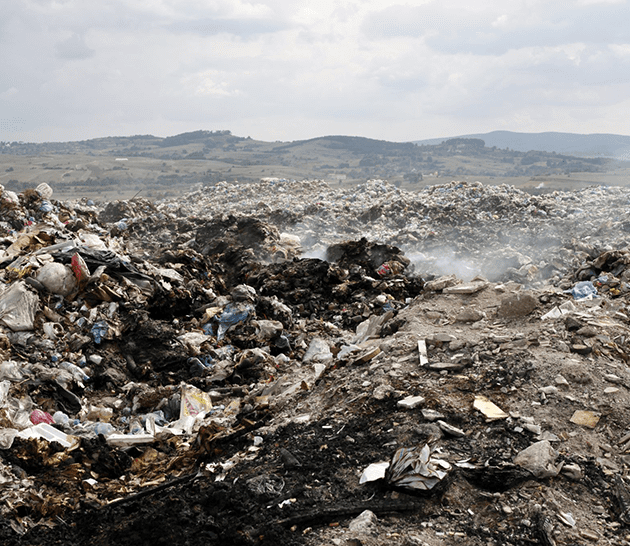
-
Bluesource – Soda Creek Avoided Grassland Conversion Project
Project Developer/ Owner: Soda Creek Inc.
Project Identification number: CAR1564
Location: Montana, USA
Technology type: Avoided Grassland Conversion
Emissions impact: Avoidance
Certification: Climate Action Reserve
Project Validator/ Verifier: Ruby Canyon Environmental, Inc.
Protocol Version: Reserve’s Grassland Project Protocol Version 2.1Bluesource – Soda Creek Avoided Grassland Conversion Project spans over 10,835 acres across McCone County, Montana. Through sustainable management, the project will maintain and sequester carbon throughout the project life.

-
Bluesource – Carroll Avoided Grassland Conversion Project
Project Developer/ Owner: Blue Source, LLC/ Carroll MT Properties, LLC
Project Identification number: CAR1247
Location: Montana, USA
Technology type: Avoided Grassland Conversion
Emissions impact: Avoidance
Certification: Climate Action Reserve
Project Validator/ Verifier: Ruby Canyon Environmental, Inc.
Protocol Version: Reserve’s Grassland Project Protocol Version 2.1These 16,000 properties in Valley County, Montana will conserve soil carbon through the recordation of a conservation easement prohibiting conversion to agriculture.

-
Greenville County Landfill Gas Utilization Project
Project Developer/ Owner: Anew Environmental, LLC
Project Identification number: CAR495
Location: South Carolina, USA
Technology type: Landfill Gas Capture/Combustion
Emissions impact: Avoidance
Certification: Climate Action Reserve
Project Validator/ Verifier: Ruby Canyon Environmental, Inc.
Protocol Version: Reserve’s Landfill Project Protocol Version 5.0The Greenville County Landfill Gas Utilization Project, built, owned, and operated by Greenville Gas Producers, LLC, is a landfill gas (LFG) collection and utilization project taking place at the Enoree landfill in Greer, SC. The Enoree Landfill is a municipal solid waste landfill that opened in 1991 and closed in January of 2007, when it was capped with a high-density polyethylene material. At the time of closure there was approximately 3.5 million tons of waste in place (3.2 million tonnes), with an NMOC emission rate below 12 Mg/yr. The project activity includes methane capture and destruction with an open flare and a modular electricity generation plant. The flare began operating in August 2007. Construction of the electricity generation plant, with an installed capacity of 3.2 MW, was completed in August, 2008.

-
BNW Ranch
Project Developer/ Owner: Climate Trust Capital Fund I LP / The Nature Conservancy
Project Identification number: CAR1284
Location: Oregon, USA
Technology type: Avoided Grassland Conversion
Emissions impact: Avoidance
Certification: Climate Action Reserve
Project Validator/ Verifier: SCS Global Services
Protocol Version: Reserve’s Grassland Project Protocol Version 2.1The BNW Ranch project area is estimated to be 4098 acres. This property was identified as a priority for conservation because of its habitat value and threat of conversion to crop production. TNC intends to place a no-till conservation easement on the property.

-
Cedar Grove – Maple Valley OWC Composting Project
Project Developer/ Owner: ClimeCo LLC
Project Identification number: CAR866 Location: Washington, USA
Technology type: Organic Waste Composting
Emissions impact: Avoidance
Certification: Climate Action Reserve
Project Validator/ Verifier: Agri-Waste Technology, Inc
Protocol Version: U.S. Organic Waste Composting Project Protocol Version 1.1The project consists of the diversion of one or more eligible organic residuals, including residential and commercial food waste, to an aerobic composting facility where the residuals are composted in a system that complies with Best Management Practices that ensure the composting process is operated under optimal conditions. The project will encompass organic residual handling, pre-processing and aerobic composting at the Everett facility in Everett, WA, operated by Cedar Grove Composting. The technology employed at this facility is the GORE Cover System and ASP Negative Aeration.

-
University of Illinois Urbana-Champaign Campus Wide Clean Energy & Energy Efficiency
Project Owner: Blue Source, LLC
Project Identification number: 1407
Location: Illinois, United States
Technology type: Energy demand; Energy industries (renewable/non-renewable sources)
Emissions impact: Avoidance
Certification: Verified Carbon Standard
Project Validator/ Verifier: Det Norske Veritas Climate Change Services AS (DNV)
Protocol Version: VCS monitoring methodology VM0025 (version 1) Campus Clean Energy and Energy Efficiency Methodology and the module VMD0038 (version 1) Campus Clean Energy and Energy Efficiency: Campus-Wide Module and supporting documentationThis module establishes a process for quantifying on-site GHG emission reductions from energy efficiency measures and renewable energy implemented across a college or university campus. This module applies to projects targeting campus-wide emission reductions on existing college and university campuses in the United States (but does not apply to K-12 schools). Campuses may implement project activities that reduce scope 1 stationary combustion emissions and/or scope 2 electricity emissions.
Campuses must meet the relevant additionality performance benchmark by applying a series of additionality benchmark tests. Emission reductions are quantified based on data from third-party GHG reporting programs (e.g. ACUPCC, STARS and The Climate Registry) for each year relative to a three-to- five-year adjusted baseline.

-
University of Wisconsin Milwaukee Campus Wide Clean Energy & Energy Efficiency Project
Project Owner: Blue Source, LLC
Project Identification number: 1675
Location: Wisconsin, USA
Technology type: Energy demand; Energy industries (renewable/non-renewable sources)
Emissions impact: Avoidance
Certification: Verified Carbon Standard
Project Validator/ Verifier: SCS Global Services
Protocol Version: VCS Methodology VM0025 Campus Clean Energy and Energy Efficiency version 1.0 and the Campus Clean Energy and Energy Efficiency Module VMD0038 version 1.0The campus-wide scope 1 GHG emissions reductions are primarily driven by the program: Energy Matters- Comprehensive Energy Efficiency and Awareness at the University of Wisconsin-Milwaukee (UWM). The UWM Facility Services Department and Office of Sustainability established a partnership with an energy service company to begin performance contracting, that took an aggressive cellarto- ceiling phased approach combining long and short-term return on investments that would improve campus space and service, pilot innovative technology and programs, and reduce energy consumption. UWM took a phased approach to performance contracting on campus, which addressed roughly one million square feet at a time (4,046,526 square feet total) and allowed for unique variances based on each building and its occupants.

What it means to us to be carbon neutral
We’re proud to be the world’s first major carbon neutral food company. Michael McCain, Executive Chair of the Board, reflects on this day.
2023 Integrated Report
We’re documenting and calculating all the changes we’re making. See our progress in our 2023 Integrated Sustainability Report.
More in
